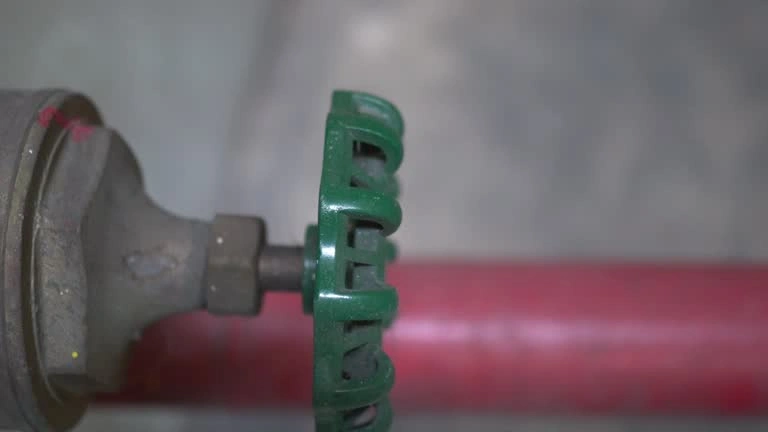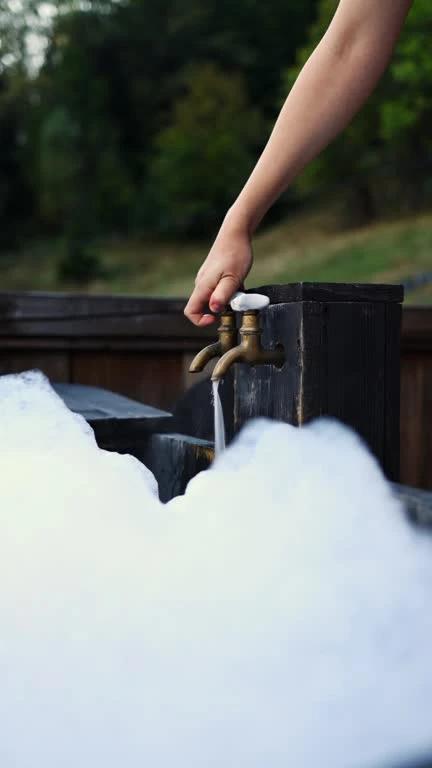Introduction
Plumbers, contractors, and DIY enthusiasts often face a critical decision: choose a PPR brass ball valve or a plastic one? This choice affects not only cost but also long-term performance, durability, and safety. This guide will break down the pros and cons of each option to help you decide wisely. We’ll focus on key aspects like strength, resistance, installation ease, and best use cases.
What Is a PPR Brass Ball Valve?
A PPR brass ball valve combines a durable brass core with a polypropylene random (PPR) exterior. This design merges the benefits of metal with the corrosion resistance of PPR. These valves manage high-pressure and high-temperature systems efficiently. They also allow secure flow control in water, heating, and chemical distribution applications.
Plastic valves use a full polymer construction. They work well in low-pressure systems but show limitations in performance-heavy scenarios.
Strength and Durability
Brass naturally resists physical damage. The metal body of a PPR brass ball valve handles force, impact, and vibration far better than plastic. While plastic valves hold up under normal conditions, they may crack or weaken under stress. Long-term exposure to mechanical strain shortens their lifespan.
In contrast, a PPR brass ball valve keeps its structural integrity even after years of daily use. If you want fewer replacements and better performance, brass offers clear advantages.
Temperature and Pressure Resistance
Many plumbing systems carry hot water, steam, or pressurized fluids. Brass handles extreme conditions better than plastic. A PPR brass ball valve performs well in both high- and low-temperature ranges. It functions reliably under continuous heat without warping or leaking.
Plastic valves work best in moderate climates or non-heated systems. Their performance drops when exposed to temperatures above 60°C. If your system involves heated water or pressure fluctuations, brass remains the smarter choice.
Corrosion Resistance
PPR plastic resists corrosion from water and most chemicals. This quality makes plastic valves appealing for systems that involve mildly corrosive materials. However, the internal components in plastic valves wear out faster under chemical stress.
A PPR brass ball valve uses nickel-plated brass that offers strong protection against corrosion. The PPR shell further enhances its resistance, shielding the brass from environmental damage. You gain a longer lifespan and better internal protection with this combination.
Installation and Maintenance
Installers find both valve types easy to integrate into a PPR pipeline system. Plastic valves often come with heat-fusion ends, simplifying the process. However, their delicate nature demands more care during installation.
A PPR brass ball valve may take slightly more effort due to its heavier weight, but it offers better stability once in place. These valves provide tighter sealing and rarely require replacement, reducing future labor costs. Most professionals prefer brass when building long-term infrastructure.
Cost and Value
Plastic valves cost less at the point of purchase. For basic applications, they offer a cost-effective option. However, you may need to replace them more frequently, especially in high-use systems.
A PPR brass ball valve demands a higher upfront cost, but it delivers better value over time. You spend less on repairs, avoid system downtime, and maintain strong flow control throughout the valve’s life. When you consider lifecycle cost rather than just the initial price, brass becomes the winner.
Performance in Critical Applications
In systems where failure could lead to water damage or downtime, a PPR brass ball valves delivers better reliability. It allows precise flow control and performs well under emergency conditions. Brass also tolerates rapid shut-off or opening without cracking.
Plastic valves serve well in garden systems, temporary setups, or low-pressure areas. They make sense where cost matters more than durability. Still, they lack the precision and strength needed for demanding applications.

Sustainability and Reusability
Brass ranks as a recyclable and sustainable material. A PPR brass ball valve often outlives the pipe system it supports. Contractors can remove and reuse these valves in future installations. That makes them a greener option compared to plastic valves.
Plastic valves, while recyclable in some cases, degrade faster and often end up in landfills. Their single-use design also limits future reusability.
Final Verdict: Brass or Plastic?
If you’re building a high-pressure, heated, or long-term pipeline system, choose a PPR brass ball valves. It ensures reliability, strength, and excellent resistance to heat and corrosion. If your project needs only basic flow control in low-stress environments, plastic may work.
Always match the valve choice with your system’s demands. Don’t focus only on price—consider long-term savings, performance, and safety. The PPR brass ball valve offers peace of mind that cheaper plastic simply can’t match.
FAQs
1. What makes a PPR brass ball valve better than a plastic one?
Brass offers more strength, heat resistance, and longer life in demanding plumbing systems.
2. Can I use a PPR brass ball valve for hot water systems?
Yes. These valves perform well in hot water and heating systems due to their excellent thermal resistance.
3. Are PPR brass ball valves compatible with all PPR pipes?
Yes. They work seamlessly with standard PPR pipes using fusion or threaded connections.
4. Do PPR brass ball valves cost more than plastic ones?
Yes. But they offer better long-term value, reduced maintenance, and higher performance.
5. When should I avoid using plastic ball valves?
Avoid plastic valves in systems with high pressure, heat, or mechanical stress. They perform poorly in such conditions.

















